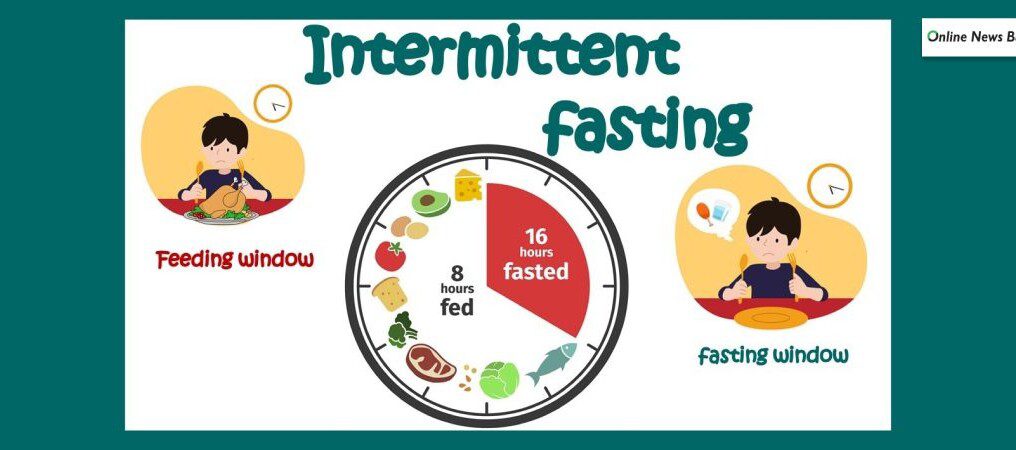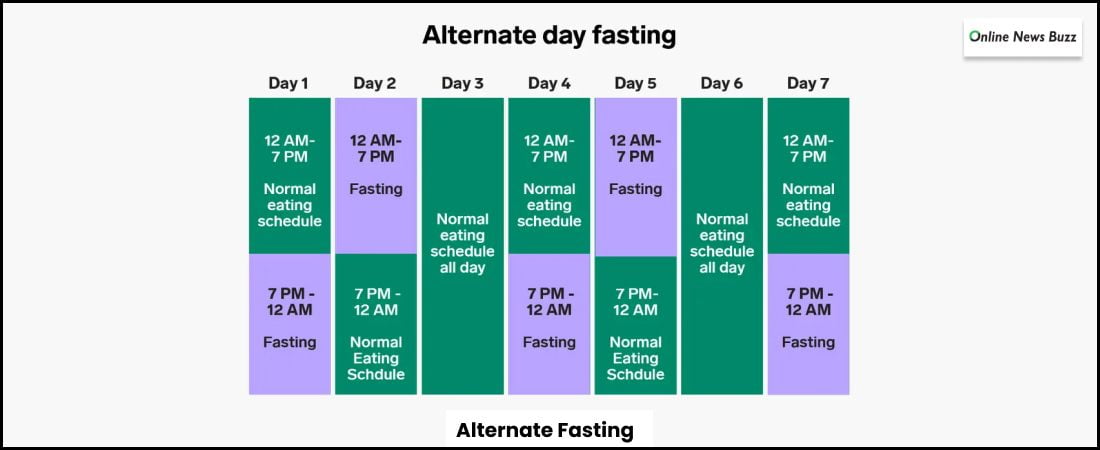
The lifestyle industry is always busy introducing some new trends to their hungry consumers. And one that’s been gaining momentum for the past decade or so is intermittent fasting. Of course, we knew the trend was going to become popular, owing to its unique approach to health and wellness.
But what we weren’t ready for was how the trend proved to be more than just another fad dieting technique. There are so many industry experts who emphasize this approach to health while so many consumers swear by the magic of this trend. So we were curious. We had to find out whether all these people were telling the truth.
What we found will change your idea of health and wellness forever. Scroll down to find out more!
Read More: What Are Low Carb Diets? How To Do It? – Read More!
What Is Intermittent Fasting? Is It Even Real?
Before marveling over whether this technique even works, is some other thought plaguing you? If you are new to all this, it’s most likely you are wondering what intermittent fasting is. We are here to tell you all about it. Intermittent fasting is a dieting process where you have to alternate between fasting and eating.
Simply put, when people practice intermittent fasting, they refrain from eating any calories for extended periods. By extended, we mean 12 to 40 hours. During the fasting process, people are not allowed to eat any solid food or drink that has calories. Thus, only beverages that are free from calories are your alternatives during the fasting period.
For instance, if you choose to have dinner by 8 p.m. on Monday and again eat at the same time on Tuesday, you will complete a fast of 24 hours. You can choose to do the same for breakfast or lunch – it all depends on the period you are comfortable with. Interestingly, since a full 24-hour fast can be a little challenging for beginners, you can start with shorter fasting periods.
Are you wondering how does intermittent fasting works? Well, before you start following some intermittent fasting schedule off the internet, you must find out the pros and cons of this method.
Pros Of Intermittent Fasting:
The advantages of practicing intermittent fasting are as follows,
- It boosts metabolism and supports weight loss
- Also, It can become a game-changer in the health and wellness aspect
- It complements a wholesome, nutritious diet
Cons Of Intermittent Fasting:
The disadvantages of practicing intermittent fasting are as follows,
- It might make you hungry often
- Its side effects might cause frequent mood swings
- It might be challenging to follow
You May Like This: Safe & Useful Vitamins For Breastfeeding Mothers
How To Do Intermittent Fasting Most Effectively?
If you have made it here, we are guessing you want to find out how to do intermittent fasting most effectively. Well, let us not keep you from that. Instead, let’s dive straight into the intricacies of intermittent fasting.
After a whole lot of research, we have picked the four most accurate ways of practicing this fasting trend. So scroll down to find out how to start intermittent fasting!
1. The 14/10 Or 16/8 Method
The 14/10 or 16/8 intermittent fasting is perhaps the best alternative for beginners since it does not focus on a prolonged fasting period. If you choose to follow this method, you will have windows for fasting and eating. For instance, you will fast for 14 to 16 hours and eat for 10 to 8 hours.
So you can quickly start by practicing intermittent fasting for 14 hours and progress to 16 instead of going for 24 hours straight away. This method has proved to be convenient for beginners since most consumers already fast while sleeping, which can be extended by skipping breakfast. It’s best, to begin with typically once a week or even twice if you want to put in the effort.
2. The 5:2 Method
The 5:2 method works differently. While you will have to cap your calorie intake at 500 twice a week, you are free to follow a normal, nutritious diet on the other 5 days of the week. Typically, on the days of intermittent fasting, people usually opt for two meals – one with 300 calories and the other with 200 calories.
While opting for the 5:2 method, you are free to choose any two days of the week for fasting. All you need to remember is there must be at least one non-fasting day in between. You must follow a normal diet on the days you are not fasting. Otherwise, this method will fail to work.
3. Alternate Fasting
The alternate fasting method includes a modified version of intermittent fasting. While fasting intermittently in this manner, consumers have to limit their calorie intake to 25% of what they usually intake or at least to 500 on the fasting days. Then, on the non-fasting days, these consumers can again return to their normal, healthy diet.
Some people follow a more strict approach under which, instead of 500, they do a zero calorie intake on fasting days. However, there are several studies online that showcase how 1 out of every six people who followed this approach for a solid six months ended up with unhealthy cholesterol levels.
You May Like To Read This: 4 Healthy Snack Ideas for Busy Moms
4. The 24 Hour Method
Under this method of intermittent fasting, people fast for a full 24 hours. However, they do it only once a week or even twice in some cases. Therefore, people are mostly more comfortable fasting lunch to lunch or breakfast to breakfast. However, there are many issues associated with this method.
You can easily experience side effects like headaches, hunger, fatigue, irritability, and low energy. Not for beginners, if you have been following this religiously without any results, it is best to return to a healthy, nutritious diet immediately. Don’t forget to consult an expert next time.
Frequently Asked Questions (FAQs):
Q1. What Do You Eat On Intermittent Fasting?
If you have been thinking about what to eat during intermittent fasting, follow our top three choices mentioned below,
- High-fiber foods,
- High protein foods, and
- Calorie-free beverages
Q2. Can I Eat Fruits During Intermittent Fasting?
Yes, you can eat fruits during intermittent fasting. This is because, during fasting, you must eat highly nutritious food, and fruits are packed with minerals, vitamins, and other vital elements.
Q3. Can I Drink Water During Intermittent Fasting?
Yes, you can drink water during intermittent fasting. And not just that. You can have any beverage during fasting, but make sure that your beverage is free from calories.
Wrapping Up: A Risky Trend?
Practicing intermittent fasting can soon become a health risk if you don’t adhere to the strict norms associated with it. Our suggestion is to incorporate discipline and routine in your life before embarking on such a challenging journey. It might seem motivating for the first few weeks, but then you might lose interest or, worst, fall sick.
It’s a dangerous trend but not completely ineffective. If you do it accurately, it is most likely you will see results! So what do you think? Share your thoughts below on intermittent fasting!
Disclaimer: Intermittent fasting can prove to be a great risk to your health. If you have any serious medical condition, it would be best to consult a doctor before jumping on the trend.
Read Also:
- Signs You Need to Let Go of Your Diet Plan
- How To Plan A Balanced Diet For Your Kids?
- Starting A New Diet Plan: Here Are 5 Factors You Need To Consider

































